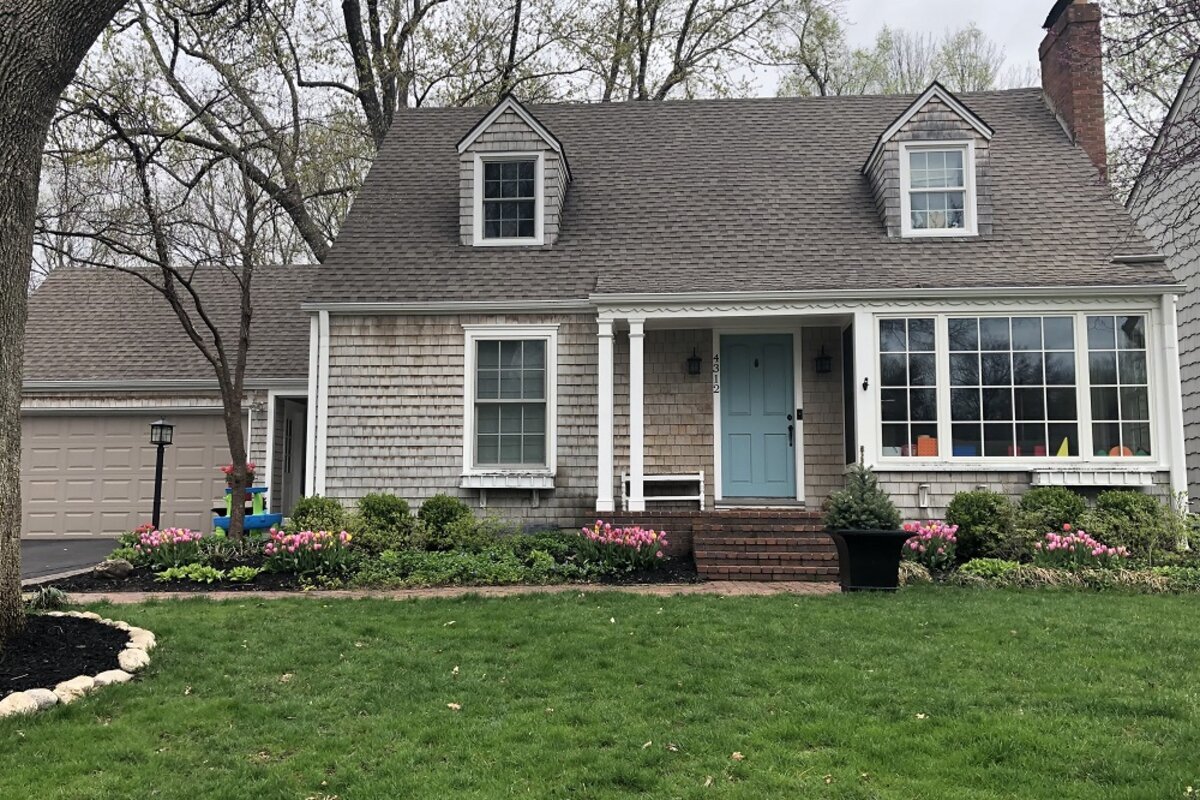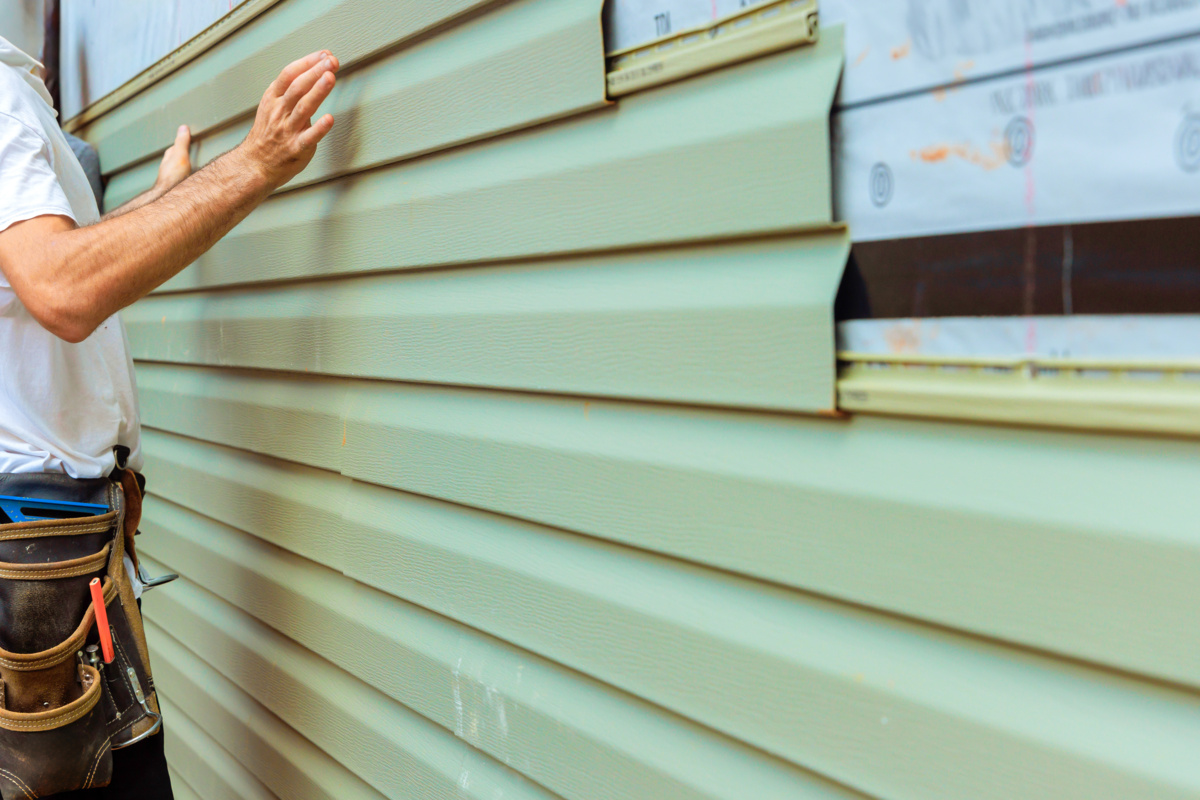Siding serves as a crucial barrier protecting your home from the elements, but it’s not immune to problems. Various factors can lead to siding issues such as warping, buckling, and cracking, which compromise both the function and aesthetic of your home’s exterior. Understanding the primary causes of these problems is key to effective prevention and maintenance. Here, we explore the common reasons behind siding damage and offer strategies to help you safeguard your home.
Moisture Infiltration
One of the primary culprits behind siding warping and buckling is moisture infiltration. When water seeps behind the siding material, it can cause it to expand, warp, or buckle over time. Poor installation, damaged caulking, or insufficient waterproofing measures can all contribute to this issue. To prevent moisture infiltration, ensure that your siding is installed correctly and regularly inspect and maintain its sealing.
Temperature Fluctuations
Extreme temperature fluctuations can also take a toll on your siding, leading to warping and cracking. When exposed to prolonged periods of heat or cold, certain siding materials may expand or contract, causing them to warp or crack. Additionally, direct sunlight can accelerate this process, especially if your siding lacks adequate UV protection. Choosing high-quality, durable siding materials and providing proper insulation can help mitigate the effects of temperature fluctuations.
Protecting Against Temperature Variations
To protect your siding against temperature variations, consider investing in insulated siding or adding additional layers of insulation beneath your existing siding. These measures can help regulate indoor temperatures and reduce the strain on your siding caused by extreme weather conditions.
Structural Movement
Structural movement in your home’s foundation or framing can also contribute to siding issues such as warping and buckling. As the underlying structure shifts or settles over time, it can exert pressure on the siding, leading to deformation or damage. To address this issue, it’s crucial to address any underlying structural issues promptly and ensure that your home’s foundation and framing are stable and properly maintained.
Poor Ventilation
Inadequate ventilation in your home can trap moisture and humidity, creating a conducive environment for siding damage. Without proper airflow, moisture can accumulate behind the siding, promoting mold and mildew growth and causing the material to warp or buckle. To improve ventilation, consider installing vents or exhaust fans in areas prone to moisture buildup, such as bathrooms, kitchens, and attics.
Improper Maintenance
Neglecting routine maintenance can also hasten the deterioration of your siding, leading to warping, buckling, or cracking. Failure to clean your siding regularly or address minor issues promptly can allow debris, mold, and mildew to accumulate, compromising its integrity over time. Implementing a regular maintenance routine, including cleaning, inspection, and repairs, can help extend the lifespan of your siding and prevent costly damage.
In Summary
Siding warping, buckling, and cracking can be caused by various factors, including moisture infiltration, temperature fluctuations, structural movement, poor ventilation, and improper maintenance. By understanding these common reasons and taking proactive measures to address them, you can protect your home’s siding and ensure its long-term durability and aesthetic appeal.
If you’re experiencing issues with your siding or have any concerns about its condition, don’t hesitate to contact us. Our team of experts is here to help you identify and resolve any siding problems you may encounter.






